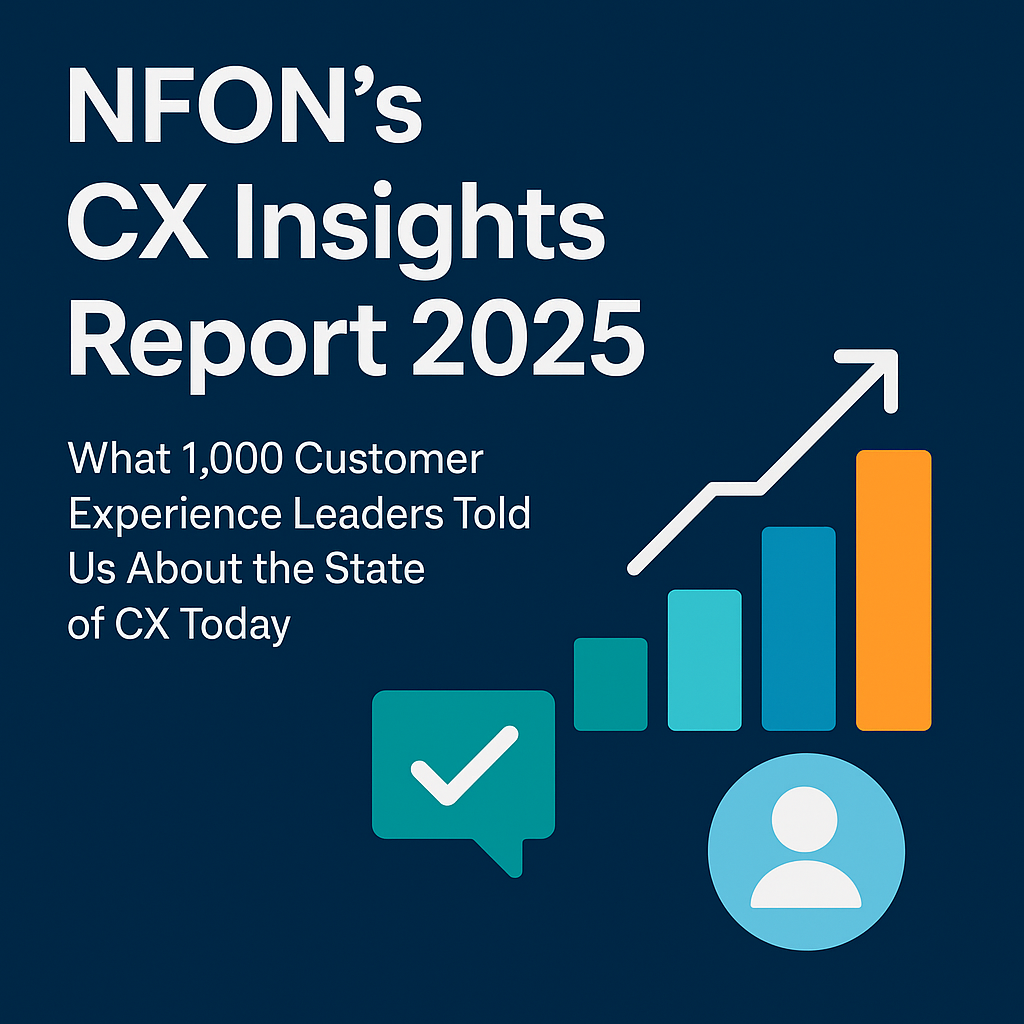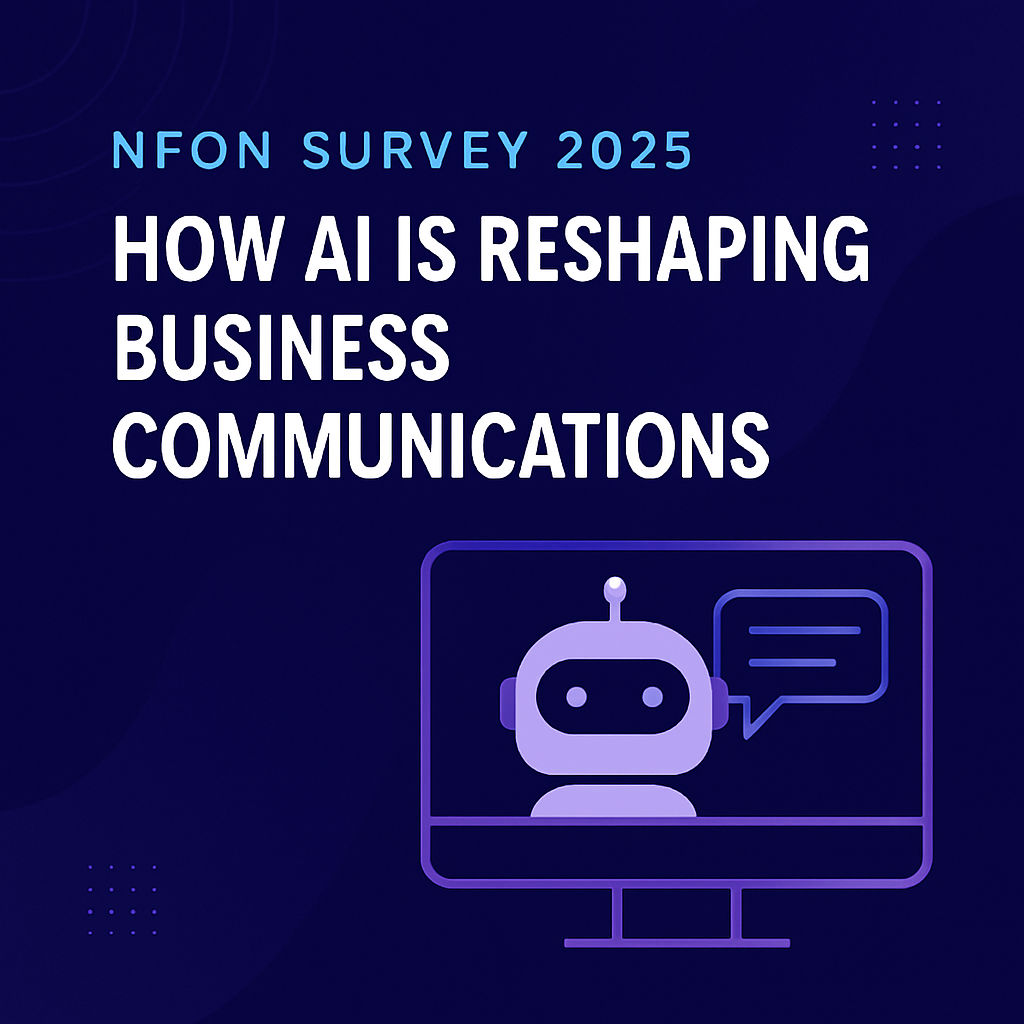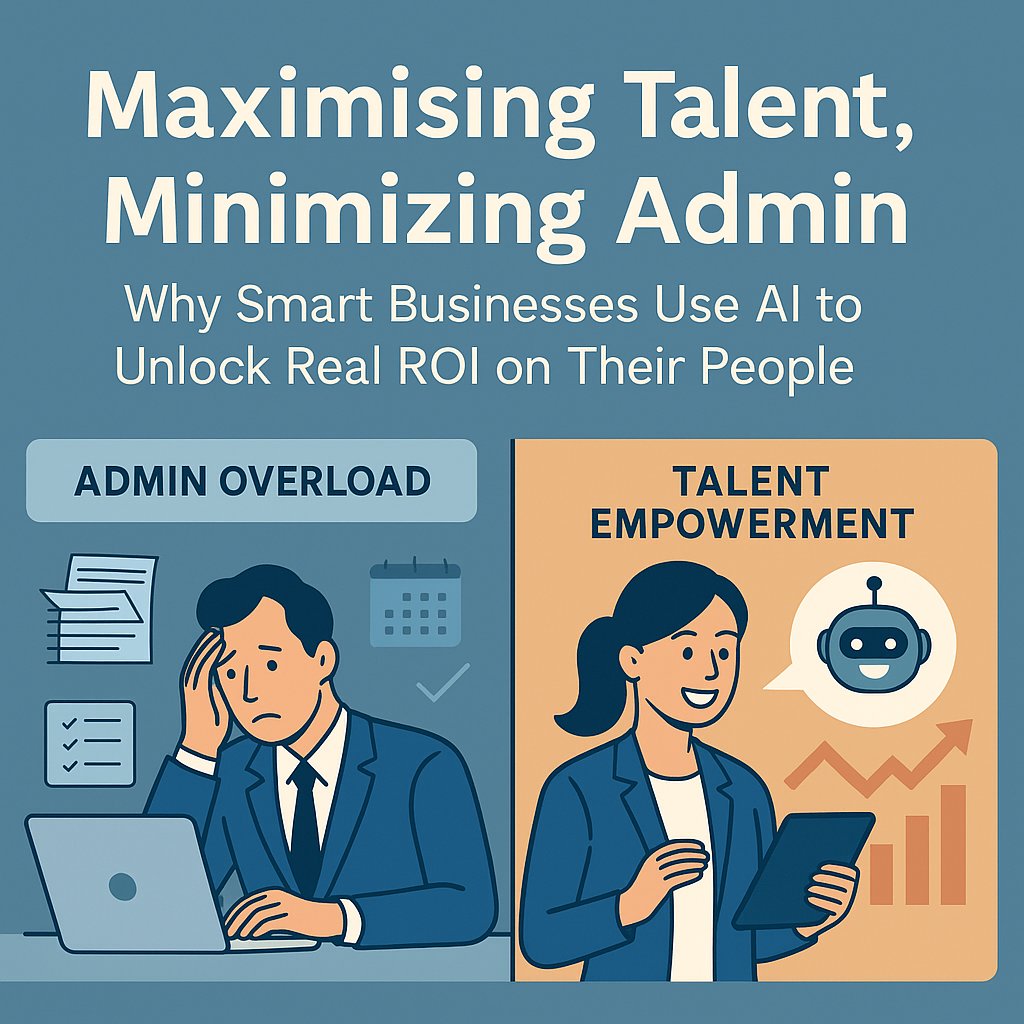Contents
- Intro: the growing power of customer experience (CX)
- CX defined
- Why CX matters more than ever
- The fight to control the narrative
- Power in numbers: the data on how CX is affecting profits
- Ways to enhance the customer experience
- Optimising your customer experience strategy
- Optimising your customer experience technology
- How Ncontactcenter actively enables better CX
- “What is customer experience?”: The takeaway points
Intro: the growing power of customer experience
As technology has continued to transform and reinvent the consumer and business-to-business markets, the phrase “the customer is always right” has gradually changed from a respectable business mantra into an increasingly powerful truth.
The power of customer experience is growing. And organisations that ignore this truth do so at their own peril.
Thanks to the advent of digital, the old dynamics of customer acquisition have been well and truly turned on their head.
The modern consumer is the one in control, and they are more demanding than ever.
They want resolutions achieved instantly, and they want them achieved their way.
If they don’t get the resolution they want from you, they’ll be able to get it from a competitor of yours moments after ending their interaction with you.
But before we go into some depth on why CX matters, and how it is set to shape the future of businesses across all sectors, let’s quickly take a step back and explain what we mean by customer experience.
CX defined
When you hear customer experience, you might think of a mobile network customer wanting to upgrade their tariff, a tech customer having an issue with their product, or a restaurant diner looking to rearrange their table booking.
These interactions all fall under the remit of customer experience. But there is more to it than that.
“Aren’t those just examples of customer service?”
Customer service and customer experience are certainly interlinked. In fact, customer service is a piece of the overall CX puzzle. But it is slightly narrower in scope.
Customer service refers to the support and assistance a business provides to their prospects and customers, before, during and immediately after the purchase of their product or service.
The breadth of customer experience covers this but stretches even further than the tangible interactions and touchpoints between brand and customer.
As the name implies, CX refers to how a customer experiences your brand, business, product or service.
It describes an ongoing relationship, and the changes in perspective that come with it.
This relationship begins long before a customer makes contact with you, and it ends long after their issue has reached (or failed to reach) its resolution.
Customer experience comprises a customer’s impression of your brand from first hearing its name, right through to when they first sent an email enquiry.
It covers the journey they go on before deciding to buy from you, the research they undertake, the interactions they have along the way. Even their memories of those interactions, and how they describe those memories to their colleagues, family and friends.
That's customer experience.
Why CX matters more than ever
Traditionally, organisations have focused on increasing sales figures by leveraging their marketing spend.
The logic here being that they want to control the narrative around their product or service offering
They want to influence positive perception of it, draw in customers with compelling messages, and welcome them to the tribe of their brand.
The goal is bigger than just convincing customers to buy what they sell . The goal is to convert these customers into advocates; active cheerleaders that publicly sing their praises.
But with the explosive growth and influence of digital communications platforms, particularly social media, customers now have a higher stake in brand perception than ever before.
In a handful of cases, the collective power of users across platforms like Twitter, Trustpilot, and Google Reviews can be the determining factor in whether a brand goes on to prosper or perish.
The fight to control the narrative
This means that the truth of a customer’s interaction with an organisation can easily override the narrative they may be trying to convey in their well-crafted marketing collateral.
As time has gone on, the power of advertising spend has continued to give way to the power of word of mouth.
Today, customer perceptions and feedback are simply too significant to ignore.
Oftentimes they can be more powerful than your marketing or branding can ever hope to be, no matter how big your budget is.
If there is misalignment between the values and benefits sold by an organisation’s brand narrative, and the real-life experience customers actually receive, customers will look to address the balance publicly.
This means that if businesses want to achieve a vantage point within their marketplace, and stand above their competition, their strategic focus needs to be on the customer experience.
If businesses want to control how customers perceive their brand, and present themselves in a positive light, then they must deliver an authentically positive experience to their customers.
Businesses that don’t display true empathy for their customers, go to lengths to understand their needs, and shape their service around their findings face the risk of extinction.
Power in numbers: the data on how CX is affecting profits
Customer experience is far more than another buzzword , or a bandwagon for businesses to jump on.
The data supporting its influence, and more importantly, its direct impact on customer satisfaction, customer retention, and above all, profit, is hard to argue against.
Here’s a quick rundown of some of the most cogent points to know.
CX > product + price
A 2017 report by Walker estimated that customer experience would overtake price and product as the key differentiator for brands by the end of 2020.
And as early as 2018, research from PwC proved this prediction to be correct, with customers at the time willing to pay up to a 16% price premium for better customer experiences.
It pays to be customer focused
Data from Deloitte and Touche found that customer-centric companies were 60% more profitable than their competitors.
Meanwhile, feedback from 10,000 US consumers showed that companies earning $1 billion annually could expect to earn, on average, an additional $700 million within just three years of investing in customer experience.
Customers make great promoters
Customers tell an average of nine people about a positive experience with a brand, but they tell 16 people about a negative experience.
While loyal customers are five times more likely to purchase from the same brand, and four times more likely to refer a friend to them
CX impacts service costs
Offering a high-quality customer experience can lower the cost of serving customers by up to 33%.
While customers switching companies due to poor service costs companies in the US a total of $1.6 trillion.
Reviews make a significant difference
93% of consumers admitted that online reviews impact their purchasing decisions.
86% of people will hesitate to purchase from a business that has negative online reviews, and a single negative review can cost a business as many as 30 potential customers.
Learn how to prioritise your CX strategy to remain a serious market competitor
Ways to enhance the customer experience
So now you have an idea of just what the customer experience is, and why it matters.
What should be the question from businesses looking to prosper in the years to come then is, how can I ensure my customer experience is as good as it can be?
There are two main avenues to enhance and optimise the customer experience you are able to deliver, and we will be exploring both in depth here
This is the need-to-know guide after all.
To optimise your CX, you need to invest in two things: your strategy, and your technology.
Optimising your customer experience strategy
Global research and advisory leaders Forrester define a customer experience strategy as:
“A plan that guides the activities and resource allocation required to deliver intended experiences that meet or exceed customer expectations in accordance with the goals of the organisation”
In other words, it should flow naturally from your overarching business objectives, and it should position your operations in such a way that it can deliver on customer expectations as standard, but wherever possible, exceed these expectations.
Here are some tips on how you can improve your customer experience strategy, and reap the rewards of happy, loyal customers that are proud to do business with you time and time again.
1. Track your support metrics
When you want to ensure something your company delivers is not just of quality, but consistently so, you have to track it.
Tracking your customer support activity is the only way to get an objective view of any problem areas affecting the efficiency and effectiveness of your internal operations.
Are gaps in team knowledge or training creating bottlenecks? Are your current systems leaving customers on hold for too long? Is there a particular type of demand that agents just can’t seem to resolve amicably
Work on plugging any of these gaps and strengthening weak links in the chain, and you will reap the reward of higher customer satisfaction rates .
2. Source actionable customer feedback
Leading on neatly from the previous point, if you want to gain a really detailed picture of your customers, then you need to get in the habit of regularly asking customers for feedback.
Only through doing so will you obtain that genuine and authentic knowledge about what drives them, what frustrates them, and what their expectations are of you as a service provider.
You need to know what your customers value and what they find a nuisance, pinpoint those problem areas, and ensure that your processes align with their preferences. This is key to optimising CX.
Remember, when asking for customer feedback, it is best to set your pride to one side.
Don’t be afraid to ask those more direct and difficult questions. This is what will ensure that the intel you acquire from your customers is something clear that you can act upon.
3. Establish a seamless experience across all channels
Some customers can’t stand speaking to a robot and will look to get on the phone with a human as soon as possible.
Others don’t want to pace the kitchen floor while listening to hold music. They’d rather have their query solved without having to pause Netflix .
An optimal customer experience is one that is capable of catering to any and all customer preferences every time, and being just as smooth, seamless, efficient and effective across every channel – from calls, to SMS, to social media, to physical in-store enquiries.
Any lack of functionality could spell customer dissatisfaction later down the road, or the inability to reach a resolution.
Businesses also need to ensure that moving from one channel to another doesn’t lead to any fragmentation – the goal is a smooth and seamless omnichannel experience.
Your customer shouldn’t have to explain their situation to your agent over the phone if they’ve just spent 10 minutes typing it all up in an email.
Discover the 5 pillars of a textbook omnichannel customer experience
4. Leverage opportunities to cross-sell and upsell
This is one of the ways you can dramatically drive profit using CX.
One of the CX statistics above showed how CX can help businesses reduce their service costs.
If you want your customers to be happy, and to make loyalty to your brand a rewarding process, why not pass on some of those savings to them, by making them a personalised discount or offer they simply can’t refuse
Upselling helps your customers win, as ultimately, it is a way in which you can share your successes with them.
Plus, you are more likely to sell to existing customers than new prospects (60-70% vs 5-20% according to Marketing Metrics), and upselling offers dramatically reduced customer acquisition costs.
5. Invest in employee engagement
Employee engagement and customer experience are intrinsically linked.
It makes sense when you think about it.
For outbound contact centre agents, it’s much easier to sing the praises of something when you really and truly believe in it.
And for inbound enquiries, if your team is happier at work, that authentic sense of joy is likely to carry over into every customer interaction and with every event they set out to resolve.
It might sound like conjecture or theory, but employee engagement and customer experience are inextricably linked.
As this study from Glassdoor states, ““there is a strong statistical link between employee wellbeing...and customer satisfaction among the largest companies today.”
In a study by The Temkin Group, 79% of companies with engaged employees produced a significantly better customer experience than those without.
So, whatever it takes to make your employees happier at work, invest in it.
Learn how contact centres can improve employee experience with the right technology
Optimising your customer experience technology
Once you have an idea of how you can enhance and elevate your CX from a strategic perspective, you need to know that your systems can effectively realise these new objectives.
It is often that substandard technology is responsible for a gap between what a customer expects from a business, and what that business is actually able to deliver.
With the right contact centre technology, organisations can achieve the oversight and control needed to achieve the superior level of experience their customers desire.
Check out our infographic: The 6 Must-Have Features of Contact Centre Software in 2021
Organisations need transparent and intelligent systems that empower their in-house teams to bring a better level of service.
If you are looking to invest in communications technologies and contact centre systems that can take your customer experience to the next level, then we highly recommend you opt for solutions that include these features and functionalities
1. An omnichannel, single user interface
If you are going to manage today’s broad and complex mix of customer needs, then your systems need an interface that can simultaneously monitor different activities between your customers and agents as they happen.
Both the working capacity of the entire team, and those incoming customer enquiries.
With the right technology, you will be able to manage and track all customer interactions at a glance, as they happen, across all channels – from WhatsApp, web chat, and social, to email, phone, and SMS.
This is vital if you want to grant your customers a seamless cross-channel experience with your brand.
2. Integration with data suites and systems
How does your business manage and store data on your customers and processes?
Whether you use a CRM or an ERP, opt for a communications solution that can integrate with it effectively.
This will allow your agents to work much more efficiently, and to preserve the consistency and seamlessness of your CX strategy, by granting them rapid access to your full customer history.
Say a customer decides to call your customer service team having already previously exchanged a number of messages with your business’s Facebook page.
Your agent will be able to have all the messages in question at their fingertips without ever having to put the line on hold.
3. Flexible routing and call distribution
In most customer experience teams, there will be a range of skill sets and knowledge across different agents.
This means certain employees will be better suited to handle particular customer events than others.
The best contact centre systems can set predetermined routing rules, so that customers can be automatically forwarded to agents with the skills they need based on the nature of their enquiry.
Having flexible routing capabilities on top of that also means that, when necessary, teams can adapt their approach on the fly and distribute the workload evenly to handle sudden or unpredictable surges in demand.
During those busier times, this serves to clear bottlenecks and keep queues and wait times to a minimum.
No agent stays idle, and all customers across all channels of contact can keep moving towards their resolution.
4. Advanced recording, playback and reporting
Sophisticated voice recording, playback and reporting capabilities can help to bulletproof your business from a quality assurance perspective.
Low call monitoring volumes are still a huge contributing factor to businesses lacking the customer feedback they need to effectively refine their CX and demonstrate compliance to regulatory bodies.
Advanced recording capabilities can immediately scale up your monitoring with no extra effort required, giving you a much richer repository of operational data to analyse.
How can you know you are opting for a solution with sufficiently detailed reporting?
It should be able to show data across each channel including the average number of events, time to response and other performance indicators broken down by agent and group.
You can then analyse and action this data to ensure consistent service levels throughout the organisation.
Discover how customer experience can increase your compliance and make your business more profitable
How Ncontactcenter actively enables better CX
Ncontactcenter by NFON empowers organisations and customer service teams to manage higher workloads with a focus on value-added service.
As well as empowering your team to perform better internally, it also grants your customers the freedom to contact you in the way that suits them best.
This feature-rich software offers everything you need to take your customer satisfaction and quality management to the next level, including
- Multi-channel support
- Sophisticated and highly customisable reporting
- Automated Call Distribution
- Interactive Voice Response
- Social media integration
- Advanced voice recording and playback
- And more!
“What is customer experience?”: the takeaway points
- Thanks to the advent of digital technology, the average customer has higher expectations than ever before.
- As the needs of the customer have grown, so too has their influence over brand perception. As a result, customer-centricity is now a key avenue for driving profit and ROI for businesses in of itself.
- CX matters, its impact is demonstrably real, and it isn’t going away any time soon. What businesses must now do if they haven’t already, is invest time, focus and resources into making their customer experience as good as it can be.
- The two key ways to do this are by enhancing their CX strategy, and investing in CX technology.
- Ways to enhance CX strategy include tracking support metrics, sourcing actionable customer feedback, establishing a seamless cross-channel experience, maximising upselling opportunities, and investing in employee engagement.
- Optimal CX technology capabilities businesses should look to invest in are: omnichannel interface, integration with CRM and ERP, automated and flexible call routing, and advanced call recording, playback and reporting.
Contact Center Hub from NFON, is a flexible, feature-rich contact centre solution that empowers your team to do all of the above and more.









